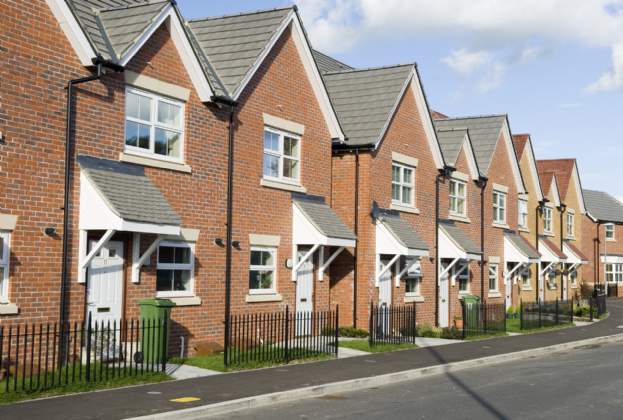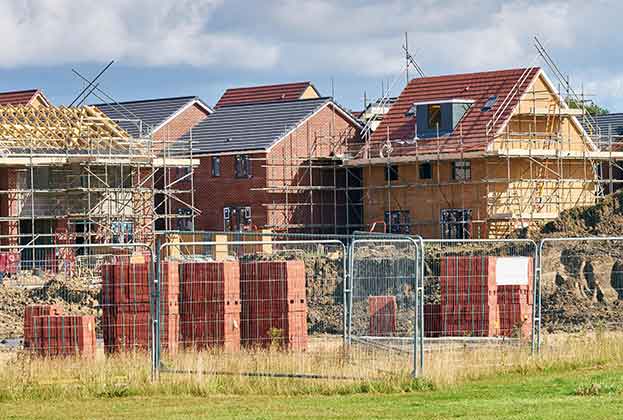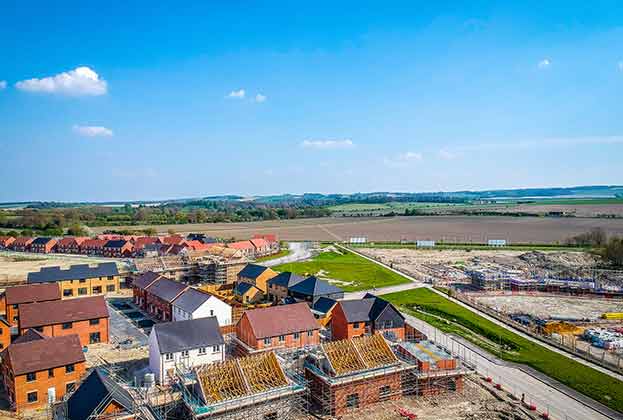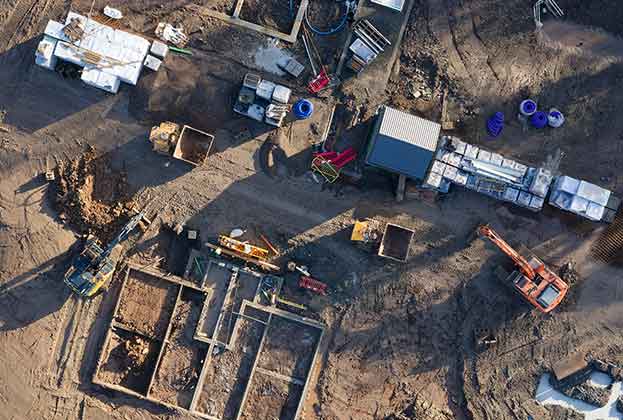Universities across the UK are locked in an increasingly competitive global race to attract the best quality undergraduate and post graduate students. Their strategic objectives often include the delivery of the finest possible student experience, encompassing a wide range of factors. These include the quality of student accommodation and modern and comfortable teaching facilities, with on-site amenities, and all of this amidst an immersive, vibrant and inclusive campus.
As a result, universities are now spending billions of pounds on the modernisation of their campuses, not just on academic and research buildings, but also science and innovation parks as well as commercial and residential buildings. In so doing, they are helping to pump prime many UK cities as they themselves look to transition from post-industrial to knowledge-led locations.
A knowledge-led city no longer requires access to the same factors of production that previously led to its industrialisation. Professor Brian Evans, Glasgow’s University’s new City Urbanist notes that ‘knowledge has no spatial requirement beyond clusters around universities, science parks and cultural quarters’. As new campus plans are developed to deliver exciting places in their own right, new squares and streets around academic buildings can also blend into the existing cityscape. This creates opportunities for mixed use development across all types of residential and commercial uses.
Glasgow is particularly well placed to benefit from this transition to a knowledge city. The two main universities – University of Glasgow and University of Strathclyde – are both located in existing cultural quarters that are acknowledged as world class. The two universities sit at either end of a two-mile ‘arc of knowledge’ shared with three other universities and 65,000 higher education students from 150 countries. Those city districts in close proximity to this arc of knowledge (like Partick, Finnieston and the city centre), where there are large brownfield sites and low-density commercial buildings capable of being redeveloped, will potentially see the greatest positive change.
As different types of experience-led living, such as the Private Rented Sector, Build to Rent and co-living/co-working, meets more established sectors, such as student accommodation, then exciting new formats for mixed use development will be envisioned by developers. There are of course challenges to these new models. For example, the University of Glasgow campus is situated in a prime residential area which is relatively undeveloped for commercial property uses. This makes it difficult to identify demand from potential occupiers of innovation, tech and research accommodation and the level of rent that they will be prepared to pay in order to underwrite a development appraisal.
As universities look to direct their capital spending plans to their academic campus, then developers will need to find more innovative ways to develop and finance the next generation of knowledge and experience-led mixed use developments. An in-depth knowledge of a university’s longer term strategic objectives and a clear understanding of what domestic and international students actually want will be the key to the success of these new developments.
.jpg)
.jpg)




.jpg)



.jpg)